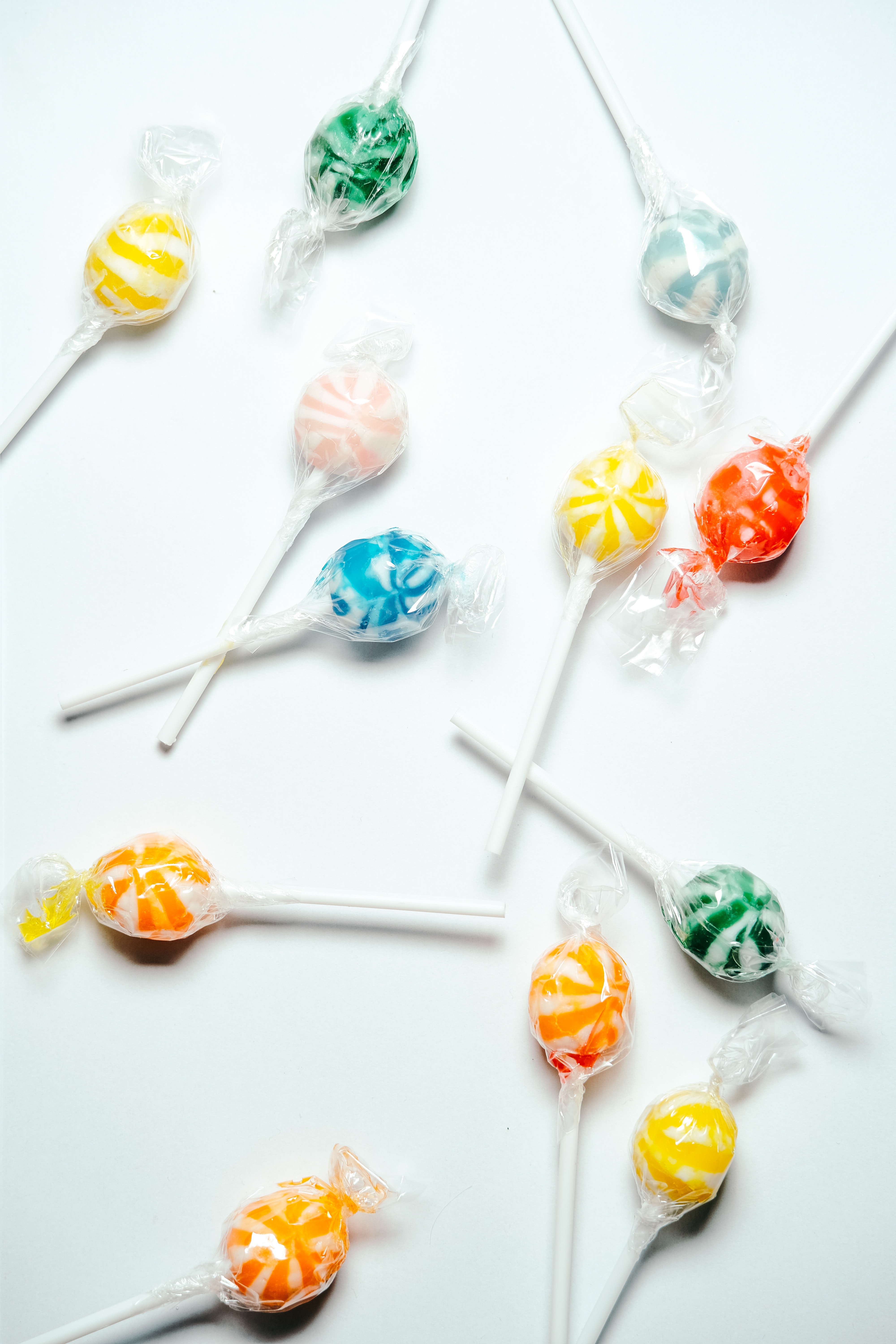Have you ever unwrapped a package of your preferred hard candy only to discover that it has softened and turned sticky? It might be upsetting when a treat you were eagerly anticipating is spoiled, but knowing why it occurs can help you avoid it in the future.
When exposed to humidity, hard candy softens because the sugar in the candy absorbs moisture from the surrounding atmosphere. As a result, the candy may lose its crunch and have a sticky or squishy feel. We advise the following to stop this from happening:
- Store candy in a cool, dry place: Hard candy should not be exposed to dampness since it may cause the sugar to absorb moisture from the surrounding air. The candy won’t lose its texture if it is stored in a cold, dry area like a pantry or closet.
- Keep candy in an airtight container: The candy won’t collect moisture from the air if it is sealed in an airtight container.
- Avoid temperature fluctuations: To preserve the texture of hard candy, it should be kept at a constant temperature. Keep it away from hot or cold spots like next to a window or an air conditioner.
- Keep the candy wrapped: The candy may be kept fresh by being wrapped in wax paper or plastic wrap.
- Use desiccant packets: Silica gel packets or other desiccant packets can be added to an airtight container to assist reduce humidity and preserve candies from softening.
It’s also crucial to keep in mind that certain candies may have varied storage needs, so make sure to read the box or ask a candy specialist for more detailed advice.

How Long Does Hard Candy Last If It Is Stored Properly?
If properly preserved, hard candy can endure for a very long period. The candy should be stored in an airtight container and kept in a cold, dry location that is away from direct sunlight. It’s not necessary to refrigerate hard candy.
Hard candy may survive for several months or even up to a year if kept properly. It’s crucial to keep in mind, though, that the candy’s flavor and color might change over time, so it’s preferable to eat it within 6 to 12 months.
It’s also important to keep in mind that, depending on the ingredients and manufacturing process, some kinds of hard candy may have a shorter shelf life than others. Hard candies, for instance, will have a reduced shelf life if they include a lot of moisture or are combined with perishable components like fruits or nuts.
Before eating the candy, be sure there are no stains, strange smells, or other indicators of deterioration.

Can Adding Certain Ingredients Make Candy More Resistant To Becoming Soft?
Certain substances can increase the resistance of confectionery to softening.
- Glucose or corn syrup can assist the candy to maintain moisture, reducing the likelihood that it will set hard.
- Invert sugar protects the candy from crystallizing and increases its resistance to dampness. Invert sugar is a blend of glucose and fructose.
- Gum Arabic is a naturally occurring material made from the sap of acacia plants. It keeps the candy wet and prevents the sugar from crystallizing.
- Natural sweetener fructose is more hygroscopic than glucose, which means it may draw in and hold onto more water.
- Fat can also be added to candy recipes to make it more resistant to becoming soft.
It’s crucial to keep in mind that adding these components might alter the texture and flavor of the candy, so it’s ideal to do it in the proper proportion and with the help of a skilled candy maker. It’s also vital to keep in mind that the candy’s calorie and fat content may rise if these components are included.

Can Soft Candy Be Restored To Its Original Texture?
Although recrystallizing the sugar might be challenging, it is possible to return soft candy to its natural texture. The sugar crystals are dissolved in hot water, which is followed by a long cooling process to produce new crystals. This procedure can help restore the texture of the candy, but it needs the appropriate timing and temperature control.
To assist maintain some of the moisture and keep the candy from hardening, you can also add glucose, corn syrup, or invert sugar to the confection.
It’s crucial to keep in mind that re-crystallizing candy or adding additional ingredients may alter the candy’s flavor, color, and texture, thus it’s best to seek advice from a recipe or a skilled candy maker before attempting to restore the candy. The candy should also be thrown away if it has developed germs or fungus that has caused it to spoil.

Comments are closed